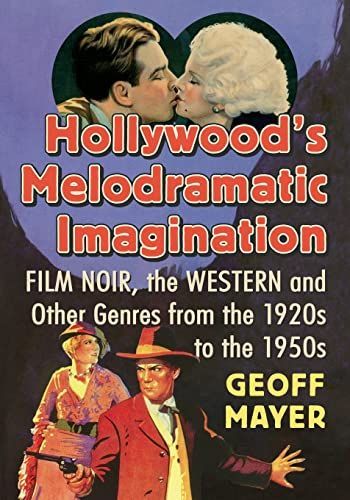
Hollywood's Melodramatic Imagination Film Noir, the Western and Other Genres from the 1920s to the 1950s
Melodrama is the foundation of American cinema. It is, however, a poorly understood term. While it is a pervasive and persuasive dramatic mode, it is not tied to any specific moral or ideological system. It is not a singular genre; rather, it operates as a "genre generating machine" capable of determining the aesthetics and structure of the drama within many genres. Melodrama centers the conflict around the clash between good and evil and provides a sense of poetic justice--but the specific values embedded in notions of good and evil are determined by the culture, and they shift from nation to nation, region to region, and period to period. This book explores the "populist" westerns of the 1930s, the propaganda films that followed the Japanese attack on Pearl Harbor, and the popularity of Sax Rohmer's master villain Fu Manchu. "Melodramas of passion" and film noir also offer a challenge to melodrama with its seemingly alienated protagonists and downbeat endings. Yet, with few exceptions, Hollywood was able to assimilate these genres within its melodramatic imagination.